OpenStack
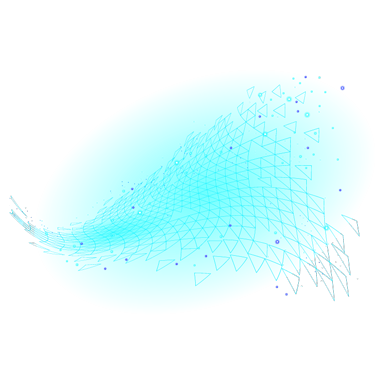
Rocket Science as a standard for private and public cloud?
NASA and Rackspace worked on a solution to efficiently manage data centers and make that solution available to the public in 2010: OpenStack is an open source solution that virtualizes resources and provides a high degree of flexibility in managing them.
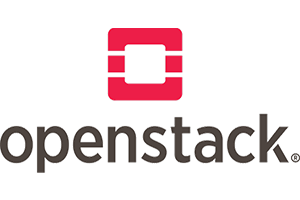
OpenStack consists of a multitude of interlocking components or microservices which make the functional scope of the software particularly powerful but also complex. Since 2010, OpenStack’s features have grown significantly thanks to the work of the open source community, so that more and more projects for components have been added – and will be added in the future.
The following seven microservices are considered the core components:
- Nova: The Compute API provides access to computing resources by managing large networks of virtual machines.
- Neutron: Is the networking service of OpenStack that manages networks, subnets and IP addresses/floating IPs
- Keystone: OpenStack uses the identity service “Keystone” for client administration, authentication and rights management.
- Horizon: The Dashboard Service is a web UI to access the other services.
- Cinder: The block storage service is used to manage and access the block storage.
- Heat: With the orchestration service it is possible to create cloud components automatically.
Users manage the services via the OpenStack API or a dashboard. You can use templates to reproduce entire setup landscapes. Via console commands or with the help of yaml files you can start and use servers.
Many providers and large projects rely on OpenStack for the distribution of computing capacity and contribute to the popularity of the software, including projects such as Wikimedia and CERN. We at SysEleven also use OpenStack.
OpenStack with SysEleven = SysEleven OpenStack Cloud
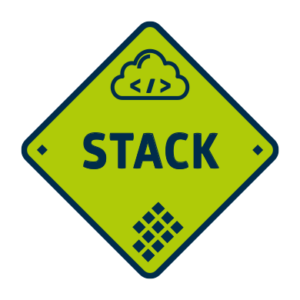
Using OpenStack, we make our high-performance computing power available to you cost-efficiently as Infrastructure as a Service: You access our powerful, hyper-convergent systems in our Berlin data centers and design virtual server landscapes for dev, test, staging and/or production environments based on your specifications. Your setups can be revised and restored at will. Predefined templates support you in the configuration and thus facilitate the way to the setup that you need. The speed with which you create infrastructures via OpenStack allows you to reduce your time to market from weeks to hours.
To ensure that the SysEleven stack meets the requirements of our enterprise customers, we use MidoNet from Midokura for software defined networking and Quobyte for software defined storage. For absolute compatibility with OpenStack, we use a 100 percent standards-compliant API for the SysEleven stack and have not implemented any hidden layers that restrict your flexibility compared to other vendors.
Thanks to its flexibility, digital agencies use the SysEleven stack, for example, to develop customer projects of various sizes. But also IT departments of companies use it to outsource applications or offer them as SaaS. In addition to ease of use, the location of our company and our data centers in Germany is decisive for them, so that the high data protection standards also apply to them.

